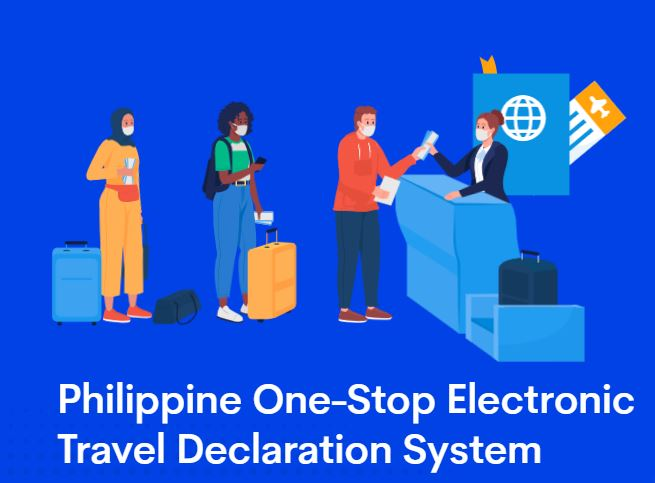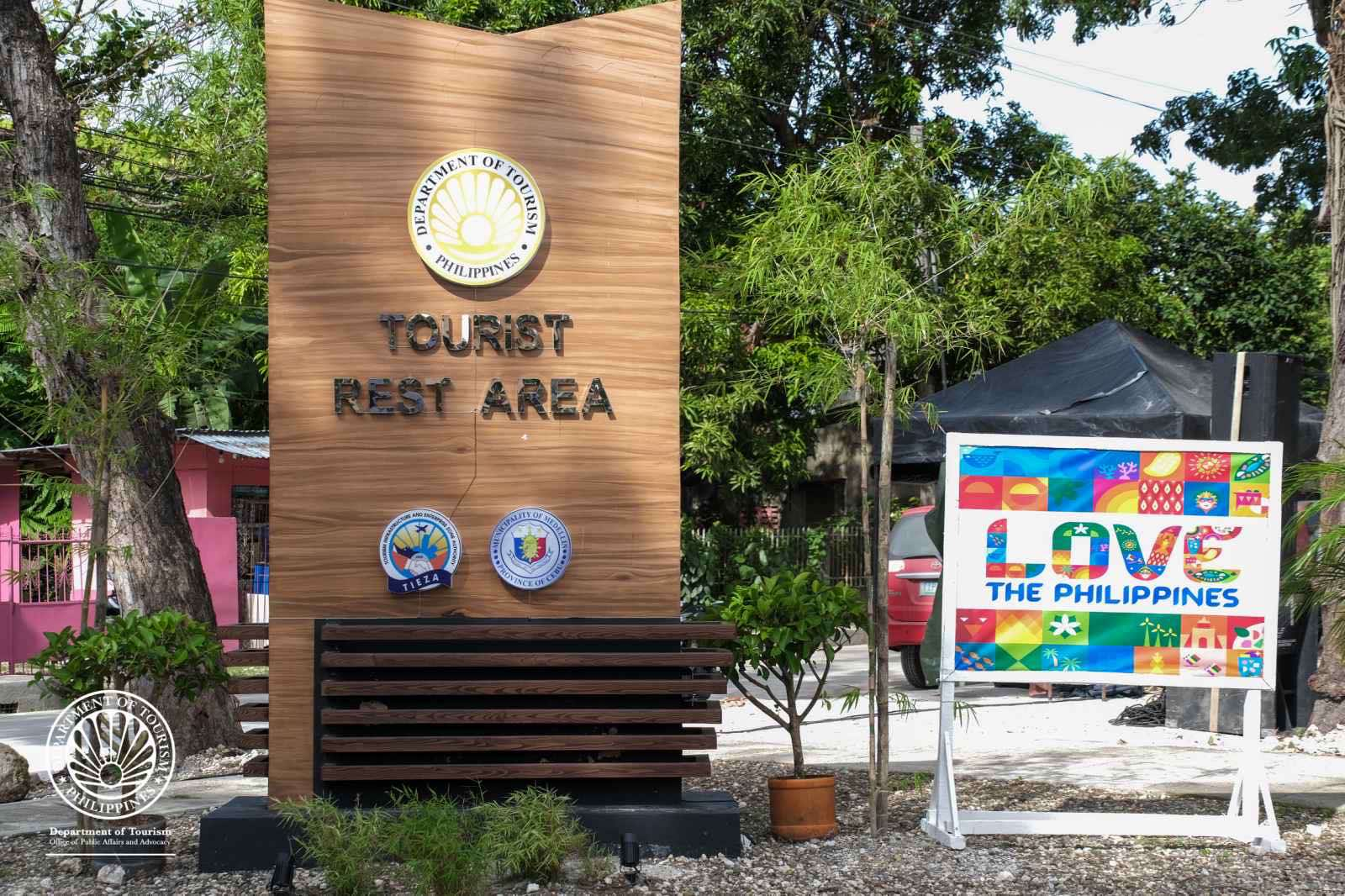An in-depth look at the transformative strategies and developments in the Philippines' tourism sector in 2023. To travel to the Philippines, you will require a Philippines visa.

Introduction
The COVID-19 pandemic left an indelible mark on the global tourism industry. In response, the Philippines has embarked on a journey of innovation and adaptation to rejuvenate its tourism sector. Here, we explore the key strategies and initiatives shaping the Philippines' tourism industry in 2023.
E-Arrival Pass Integration
One of the pivotal catalysts for tourism in 2023 is the E-arrival pass—a groundbreaking initiative that seamlessly consolidates information required by five government agencies into a single platform. This integration removes barriers that could deter tourists, ensuring a convenient travel experience.

"It makes travel as convenient as possible for any Filipino or tourist coming into the country by removing any barriers that would otherwise dissuade tourists from coming into the Philippines," emphasizes Department Of Tourism (DOT) Secretary Christina Garcia Frasco.
Tourist Rest Areas
Tourist Rest Areas are a recent exciting addition to the landscape. These one-stop centers are designed to provide tourists with a range of amenities, including restrooms, coffee shops, Pasalubong and souvenir stores, Tourist Information areas, and Charging Stations. This initiative aims to promote tourism not only in established destinations but also in lesser-known areas, spreading economic opportunities.

"The tourist rest area was conceptualized in fulfillment of one of our objectives in the Department of Tourism to ensure that we equalize tourism promotion and development not only in the key destinations within the country but also to lesser known areas that have great potential for tourism development," explains Frasco.
Diversifying Tourism Products
Beyond streamlining processes, the Philippines is diversifying its tourism products. These include arts and film tourism, dive and marine sports tourism, education, health, cruise tourism, food, and gastronomy tourism, culture and heritage tourism, MICE (Meetings, Incentives, Conferences, and Exhibitions) tourism, and halal tourism.
"Bisita (Visitor) Be My Guest" Program
Launched in late 2022, this ambitious program incentivizes Filipinos, particularly those residing abroad, to become ambassadors for their country. By bringing friends to visit, participants can win prizes and enjoy discounts through the program's privilege card.

Boosting Domestic Tourism
President Ferdinand 'Bongbong' Marcos Jr.'s decree to move public holidays that fall on a weekend to a Monday has given domestic tourism a significant boost. Frasco highlights the positive impact, saying, "it also stoked a lot of interest and excitement among fellow Filipinos in terms of booking their trips for 2023."
Partnership for Improved Tourism Centers
In a bid to enhance the visitor experience, the DOT has partnered with the Department of Information and Communication Technology (DICT). More than 94 locations will benefit from these developments, which include improved internet connectivity and digitized tourism experiences.
Recovering Figures
Impact on GDP
The pandemic dealt a severe blow to the Philippines' tourism-dependent economy, with its 13% GDP contribution significantly reduced.
2022 Visitor Numbers
In 2022, the Philippines welcomed around 2.46 million visitors, marking progress compared to previous years.
Ambitious Targets
In 2023, the DOT aims to reach approximately 4.8 million arrivals, demonstrating cautious optimism despite external factors like Chinese lockdowns, the war in Ukraine, and rising fuel costs.
"We look at it with optimism in a sense that our goal is to exceed our conservative projections in the same way that we have been able to exceed it this year," says Frasco.
New Markets
With China and South Korea, the top sources of foreign tourists facing strict border controls, the Philippines is shifting its focus to target Middle-Eastern tourists. The goal is to attract a larger share of Middle Eastern tourists, particularly Saudi Arabians, and boost overall arrivals.
Department of Tourism Plans 2023
The DOT's top priorities for 2023 encompass various aspects of tourism development and enhancement:
Cooperation and Service Excellence
The DOT emphasizes cooperation between federal and local governments to strengthen the country's tourism portfolio. The promotion of the Filipino Brand of Service Excellence (FBSE) includes an ambitious initiative to train one hundred thousand tourist sector personnel.
Digitalization in Tourism
A significant project on the horizon is the creation of a Tourist Lifecycle App. This app will offer tourists comprehensive communication links for every facet of their trip, from booking airline and hotel accommodations to transport services and more, in collaboration with the DICT.
Tourism Human Capital and Social Development
Educating one hundred thousand Filipinos in the art of service excellence is a top priority for the DOT. The Philippines aims to leverage its reputation for warm and welcoming hospitality to become a regional and international leader in the hospitality industry.
Whole-of-Government and Whole-of-Nation Approach
Collaboration with local government units (LGUs) will identify areas in need of tourism development. The DOT envisions implementing a Tourist Assistance Call Center and a Tourist Concierge to enhance visitor support.
Factors for Tourism Recovery in the Philippines
Several key factors are poised to contribute to the recovery and growth of the Philippines' tourism industry in 2023:
1. China's Reopening
The relaxation of China's border controls holds immense potential for the Philippines, given China's status as a leading travel market. The recent state visit of President Ferdinand Marcos Jr. to China has fostered collaboration to revive the sector.
2. Revenge Travel
The Philippines is witnessing the effects of "revenge travel" as more people opt for vacations. This trend, which began around Christmas time in the previous year, is expected to continue into the summer.
3. Tourism Agreements
Efforts by the current administration to welcome foreign investment and tourism, coupled with diplomatic initiatives, position the Philippines favorably for recovery.
4. Lower Airfares
A reduction in fuel surcharges in 2023 has resulted in cheaper airline tickets, making travel more accessible for both domestic and foreign flights.
5. Dropping Mask Mandates
The relaxation of mask mandates is expected to boost trust in travel, stimulate economic activity, and foster greater interconnections among people.
6. New Hotels
Over 3,900 rooms are expected to be completed in accommodationestablishments in 2023. Multinational chains are also anticipated to open more hotels.
7. Modernization of Airports
Easier access to airports is a top priority, with plans for digitization, connectivity, and an improved overall tourist experience.
8. Holiday Economics and Law Amendments
Proposed amendments to holiday economy legislation aim to provide longer weekends, promoting work-life balance and boosting domestic tourism.
Conclusion
As the Philippines adapts to the challenges posed by the COVID-19 pandemic, the nation's tourism industry is poised for a remarkable resurgence in 2023.
With innovative strategies, diversification of offerings, and a focus on both domestic and international markets, the Philippines is on track to regain its position as a competitive tourism destination in Asia. Investors are also presented with opportunities for growth by aligning with the recovery and expansion of the tourism sector.
To obtain a Philippines eVisa
- Step1: Complete the online application by providing your passport details.
- Step2: Submit payment online using a credit card.
- Step3: Monitor your email for confirmation of payment and receipt of your eVisa, which will be sent electronically.
